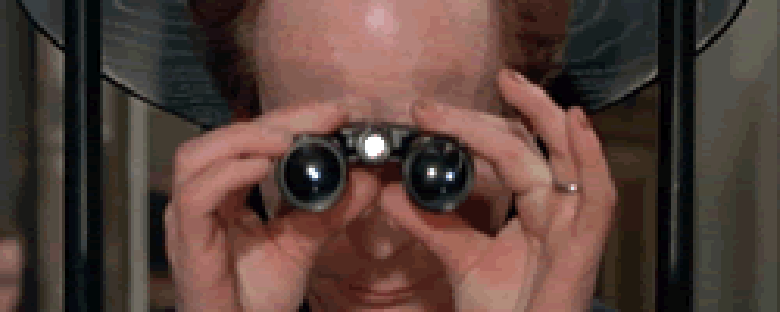Reviews
Salò o le 120 giornate di Sodoma
Pier Paolo Pasolini
Italy, 1975
Credits
Review by Rumsey Taylor
Posted on 11 July 2004
Source 35mm print
Related articles
Features: The Final Films of Pier Paolo Pasolini
Reviews: Arabian Nights
Reviews: The Canterbury Tales
Reviews: The Decameron
Pier Paolo Pasolini died the month Salò was released. To disassociate these events is to deprive the permanently controversial film a context.
Salò is the cumulative work in Pasolini’s art of incendiary political, religious, and sexual statement — aspects that have timelessly sponsored persecution. In many citations of the occurrences surrounding his death (which will never be fully known) is the implication that Pasolini was murdered because of this film. For Salò, a film genuinely concerned with the nature and power of misanthropy, Pasolini’s murder is a conclusive action; it is an example of martyrdom.
As in many of his films, the beliefs Pasolini exhibits in Salò are inhibited by graphically depicted violence and sex. When these elements are solely visceral it is exploitation. Contrarily, every copulative and violent action seen in Salò is used to demonstrate power and depravity; it is a lack of exploitation, and is Salò’s most dangerous aspect. Salò is a dangerous film.
The film opens with a contract made between aristocratic leaders (the Duke, Bishop, Magistrate, and President, who retain these titles of anonymity throughout the film). Flanked with armed soldiers, they collect pubescent boys and girls, judging them in terms of physical perfection (one female candidate is excused for a crooked smile). Their agenda is to corrupt. The men admire their prisoners, ordering two boys to remove their clothes. The boys are framed closely as the camera pans slowly down their naked bodies, assuming the masochistic gaze of their capturers. One is made a witness to a meticulously rendered crime, and the film maintains its frank, unsympathetic observance.
Gary Indiana, in his essential text on the film, notes that Salò creates a relationship between attraction and repulsion. The two elements are often in tandem: the prisoners are selected according to a physical capicity to attract, and forced to engage in acts for which sufficient description is offensive. Certainly the film has a pornographic utility to arouse. This is a dynamic confrontation, one I presume is Pasolini’s intention.
Pasolini frequents symmetric compositions that focalize the progressive violence (the film carefully employs the Marquis de Sade’s narrative structure) — everything is seen in the center of the frame at approximately the same distance. The finale is a culmination of these prior crimes, and, significantly, is treated in a different visual manner. The teenage victims are taken to the title city, stripped, and endure a final torture in a courtyard as two of the leaders take turns watching the action from a second-story window, observing the violence through binoculars. Suddenly, the view will be close-up, with flesh occupying the entire screen. The Duke reverses his binoculars, and the same action is observed from a distance. Most of the film occurs in the enclosed, ornate setting of a mansion; this final scene finds an open horizon to supplement the horror previously housed behind doors. This is seen with reduced visual and aural clarity (there is no sound). If the film is progressively titillating, the viewer is deprived of a climax. In this ending — this lack of confrontation — it is as if the film has become overburdened by its very argument, bestowing the viewer, for the first time, space.
In Salò’s resilient notoriety is the implication that the film is a crime analogous to the ones it convincingly depicts. This reception is largely ignorant, as Salò is principally a testament of caution, one designed to frighten and disgust. For this reason recommendation for this film is synonymous with warning.
We don’t do comments anymore, but you may contact us here or find us on Twitter or Facebook.



